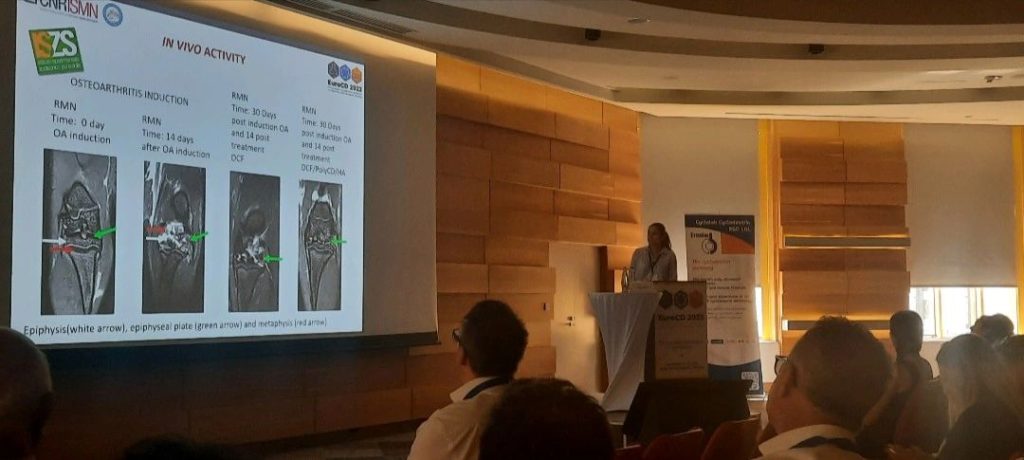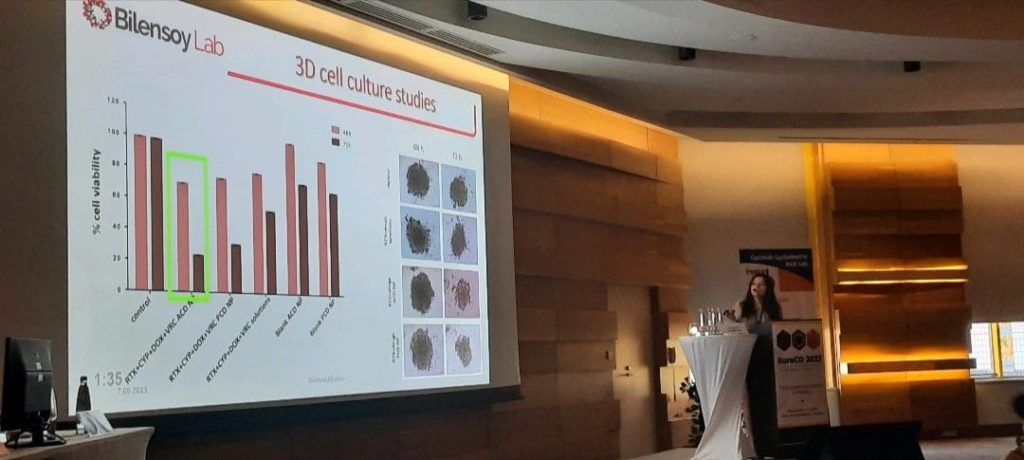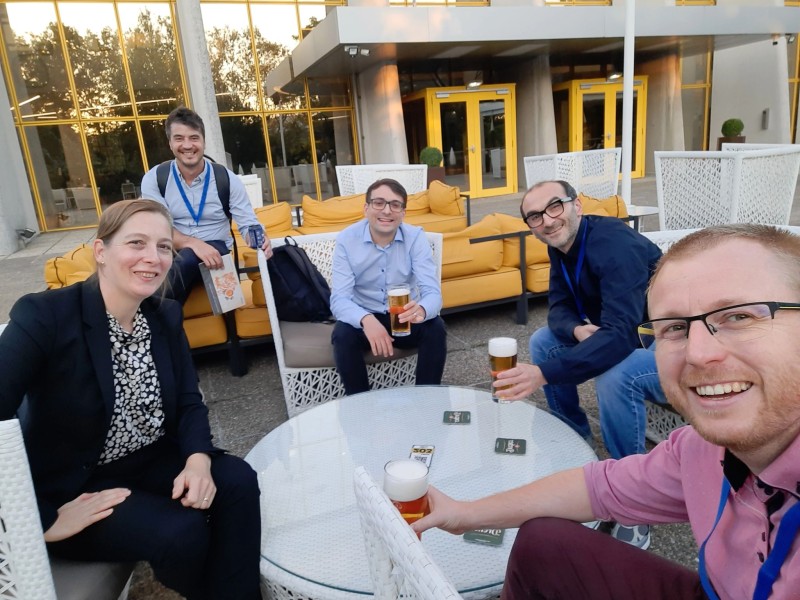Captions of EuroCD 2023
A week ago, we were bathing in cyclodextrin science in Budapest at the 7th European Cyclodextrin Symposium. As usual, the well-organized event was mainly dominated by European attendees, yet we also met fellows from Japan and the United States too.
Cyclodextrin manufacturers were represented by Roquette, WACKER, Ligand Pharmaceuticals and Cyclolab R&D Ltd. (the organizer, of course) and I was happy to see several companies focusing on developing cyclodextrin-based therapeutics, such as Beren Therapeutics, Cyclarity Therapeutics, ASDERA and CarboHyde.
During the 2,5 days we enjoyed 9 sessions of various topics:
- Cyclodextrin production & enzymology
- Synthesis of CD derivatives
- Cyclodextrin complexes and self-assembly
- CDs in drug delivery
- Biological effects of CDs
- CDs in gene delivery
- Environmental applications
- Analysis, application in sensing and imaging
- Agri-food applications
We had sessions for short presentations and could enjoy 67 posters during the breaks.
Personally, the presentations I found most interesting from academia were
- a new concept of enzymatically making natural and derivatized cyclodextrins from the lab of Sophie Beeren
- the drug delivery solutions from Erem Bilensoy‘s lab featuring nanotechnology, 3D printing and targeting
- mucoadhesive thiolated cyclodextrins by Andreas Bernkop-Schnürch‘s team
- 3D priting solutions presented by Carmen Alvarez-Lorenzo
- uses of CD polymers presented by Ilse Manet
- gout treatment using CDs by Adrián Matencio Durán
- gene delivery solutions from Francesco Trotta‘s, Jose Manuel Garcia Fernandez‘s and Ferenc Fenyvesi‘s teams
At CarboHyde, we contributed to 6 oral talks and several posters highlighting our active involvement in both industrial and academic cyclodextrin research.
My takeaway is that the event was fantastic, especially due to the great conversations we could enjoy during discussions, breaks, and social events via the joint contribution to our community.
See you all in Dunkerque on the 10th June, 2014 at the International event!
I am really excited already, as Sophie Fourmentin showed great effort to invite CD cyclodextrins from all over the world, so this will truly be a global event. I would be extremely happy if not only global academia, but global pharma with all the several dozen CD users would be present to set good directions for the future of cyclodextrin research.















